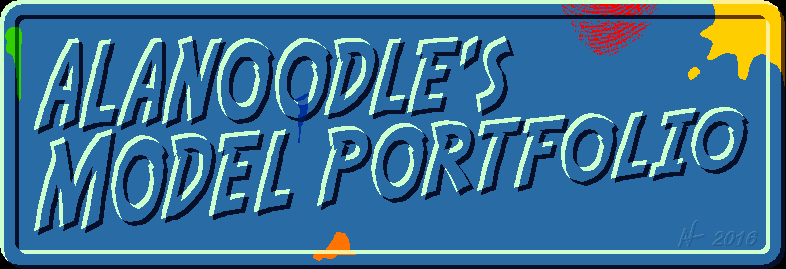I started with Tamiya's Light
Sea Gray acrylic paint, a
flat-finish, medium gray. I added a little Tamiya Flat
Base paste to flatten the primer coat just a little more. Instead of
using my preferred thinner of
straight up denatured alcohol, I used a 50/50 mix of alcohol and tap water. Using my Badger 200 airbrush, some light mist
coats of the
"primer" went on smoothly with
no
issues. Each coat was given a few days to dry and was lightly sanded with 1200 grit sandpaper before re-spraying.
As before, some details on the model would remain the
color of the gray primer coat and were masked off using masking tape
and Parafilm. Clear domes and lights, the inboard engine recesses and
the copper navigation sensor were also masked off.
|
When it was once again time to match the color of the Enterprise,
I was a little more experienced and prepared than I was the first time
around. I went with a 4:1 mix of Tamiya Flat White (XF2) and Light Sea
Gray which closely matched the color in the photos from my last DC
trip. Being a simple mix, it would be easy to consistently prepare enough for
a
single
painting session rather than mixing up a large batch to insure color
consistency. Alcohol and water was, again, the thinner of choice. |
|
|
As for the actual paint used when the Enterprise was built, later
disclosure by Richard C. Datin, the Model Maker who
oversaw the construction of the big model, stated that the paint was a
custom mix of "a basic gray color . . . with a decided green tint." See pics of the big model after its latest restoration, here. |
|
The model was given several light coats of the main color. Each coat
was
given a few days to a week to dry completely and was gently sanded with
1800 grit sandpaper before the model was sprayed again.
It was then time to decide if I wanted to give the model those
deflector
grid lines. The heavy grid lines look very interesting on the big model
but is that the Enterprise I remember seeing on TV? They're
just
not visible when viewing the original episodes.
|
|









